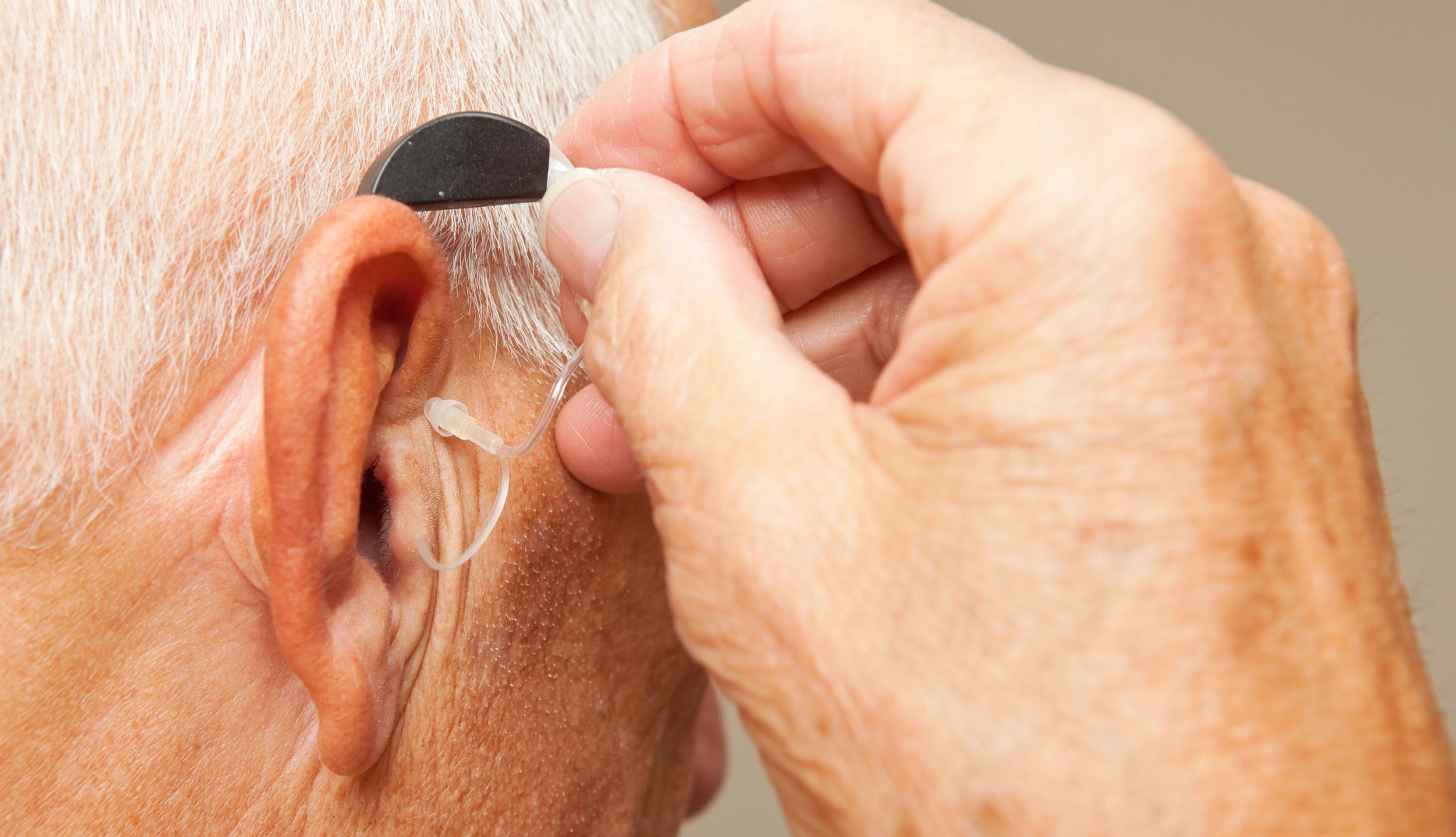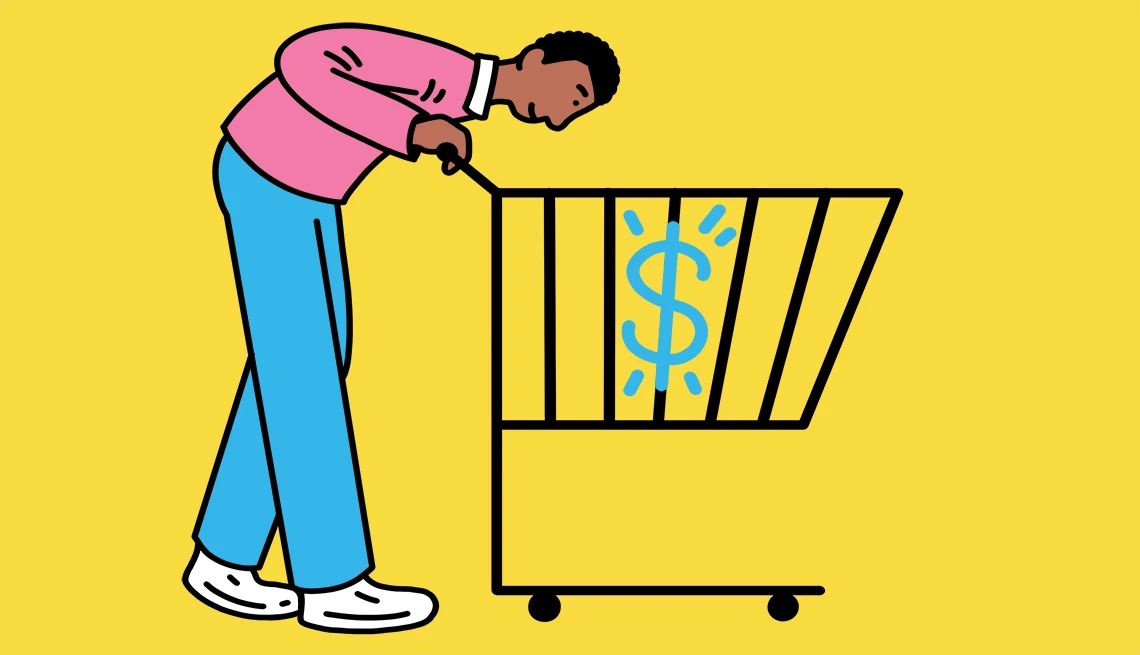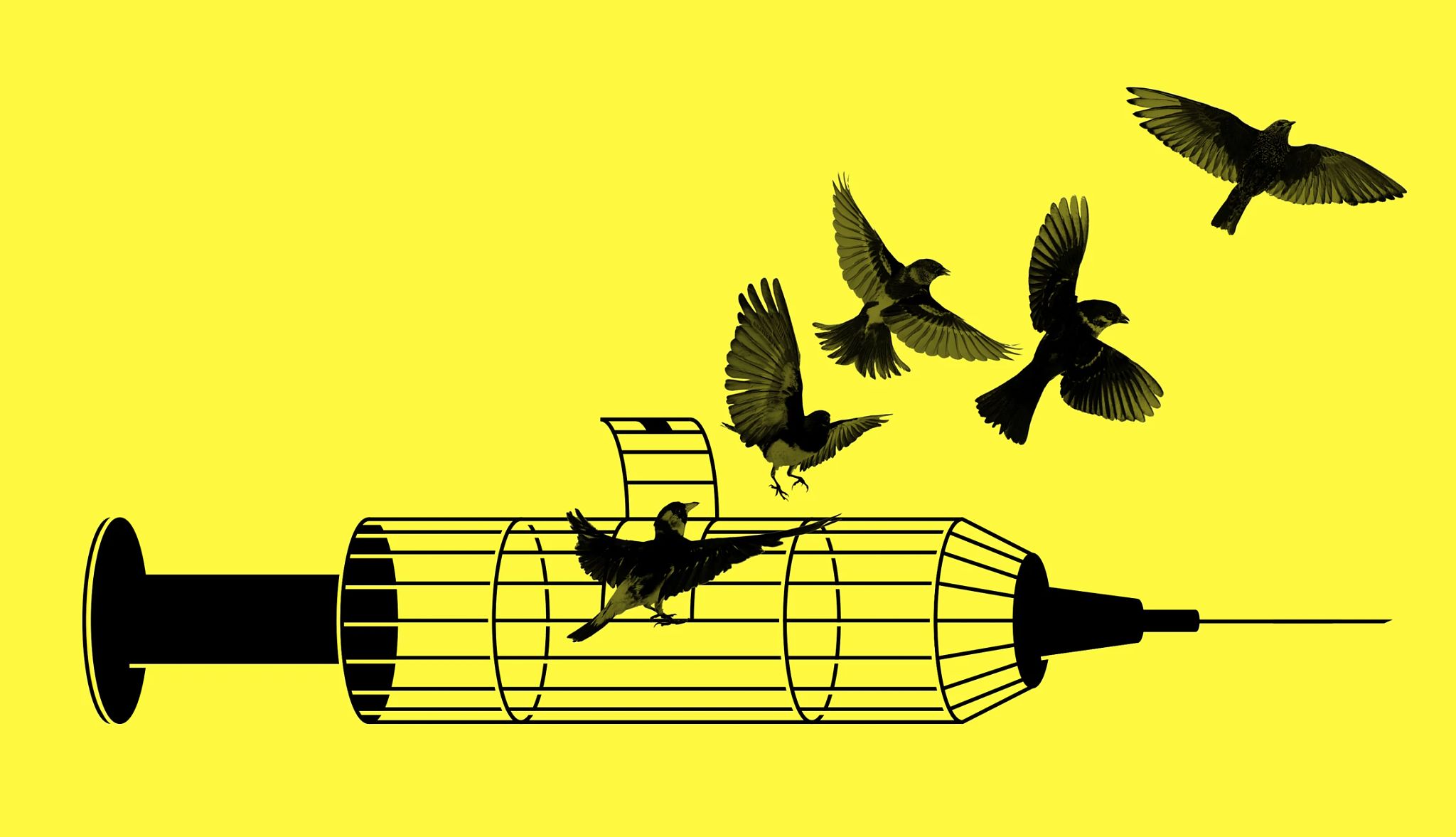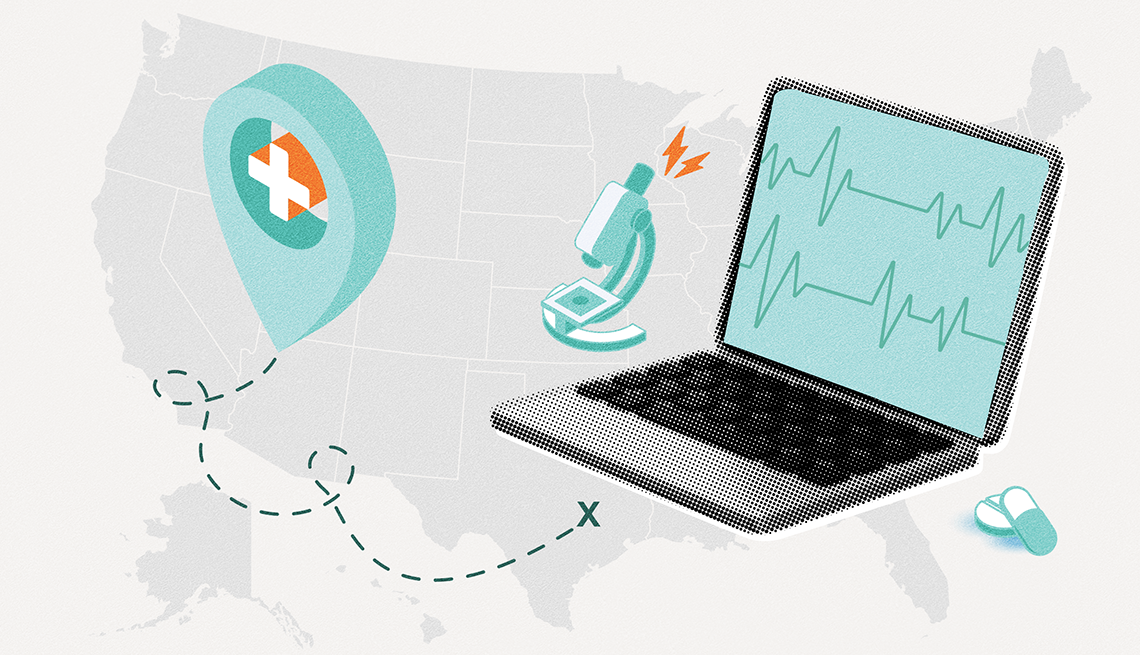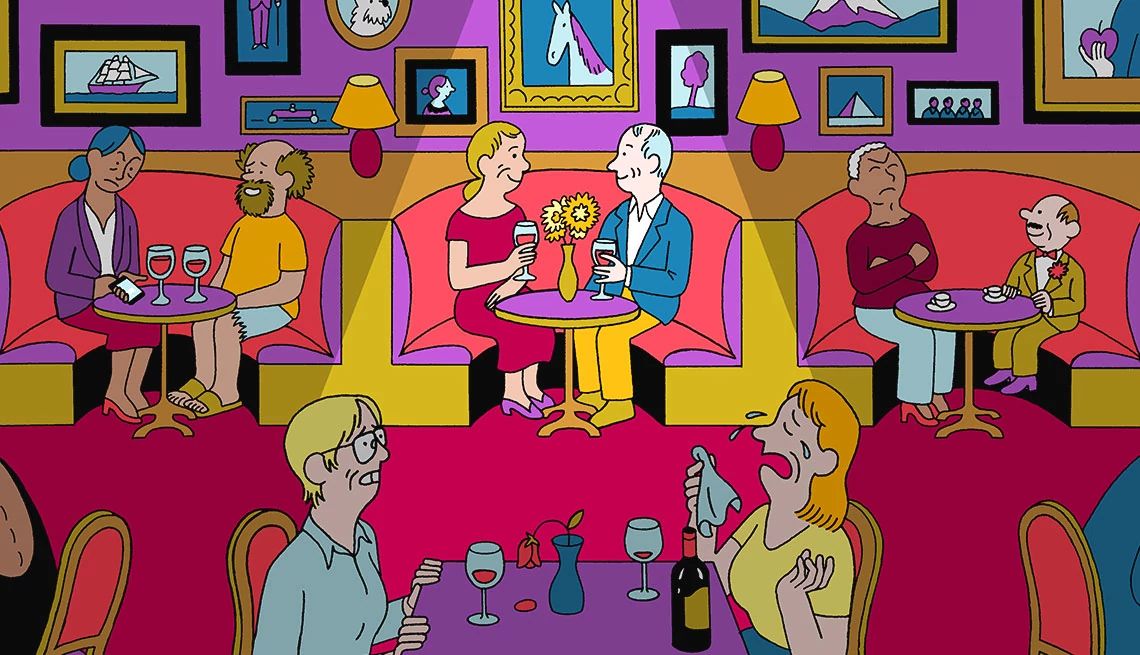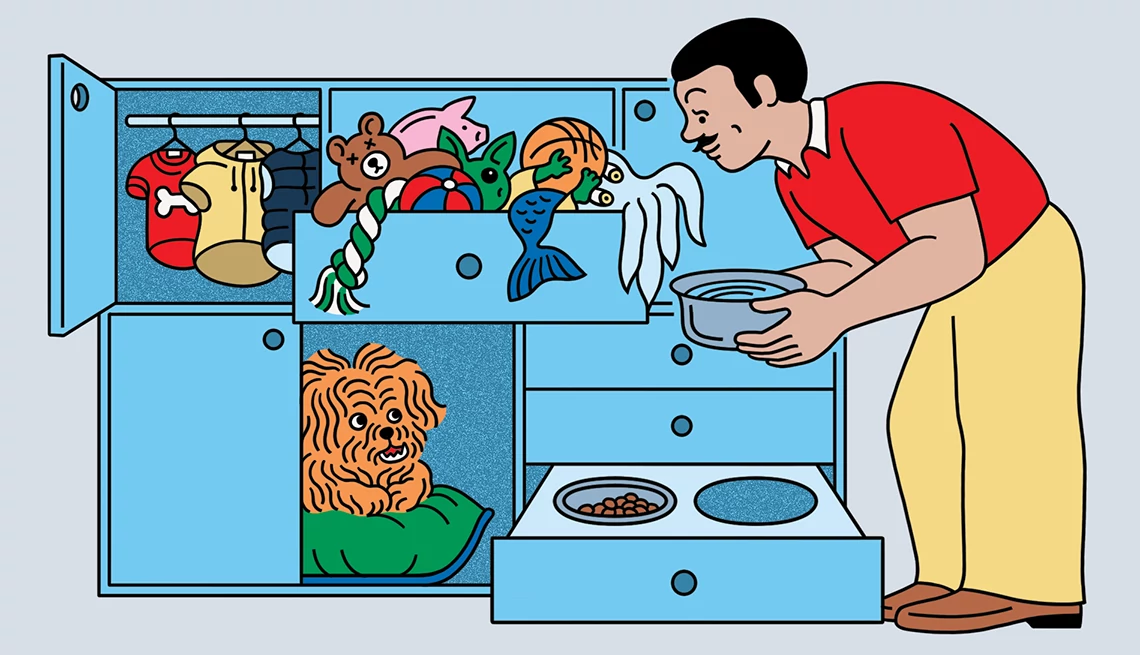AARP Hearing Center
Drivers are 10 percent more distracted this year than they were in 2018, according to a new report from Zendrive, a driving-behavior analytics company. The report, which cites talking, texting, navigating and selecting music as the most common distractions, highlights the growing number of “phone addicts” as a major contributor.
Zendrive analyzed anonymous cellphone data from 1.8 million drivers, and also surveyed 500 drivers about distracted driving. Almost half (47 percent) said they used phones at least 10 percent of their driving time — the company's definition of phone addiction — even while 85 percent of people said they thought distracted driving is a problem.
Distracted driving kills 9 people and injures another 100 every day, according to the nonprofit National Safety Council (NSC).
The worst phone-use offenders? Younger drivers. Zendrive found that 66 percent of people 25 to 44 are phone addicts, compared to 36 percent of drivers ages 45 to 70. Phone addicts picked up their phones (which could involve everything from reading a text to checking a map or choosing a song to play) on average 49 times for every 100 miles they drove, compared to an average 11 times for the nonaddicted driver.
"Smartphones are the most intimate devices we have,” says Jonathan Matus, Zendrive's CEO and founder, when asked why he thinks our phones are increasingly hard to ignore. “We have a dependency on them. They are an extension of our intellect, they are an extension of our social network, they get us from point A to point B, they entertain us. The habit is so strong."

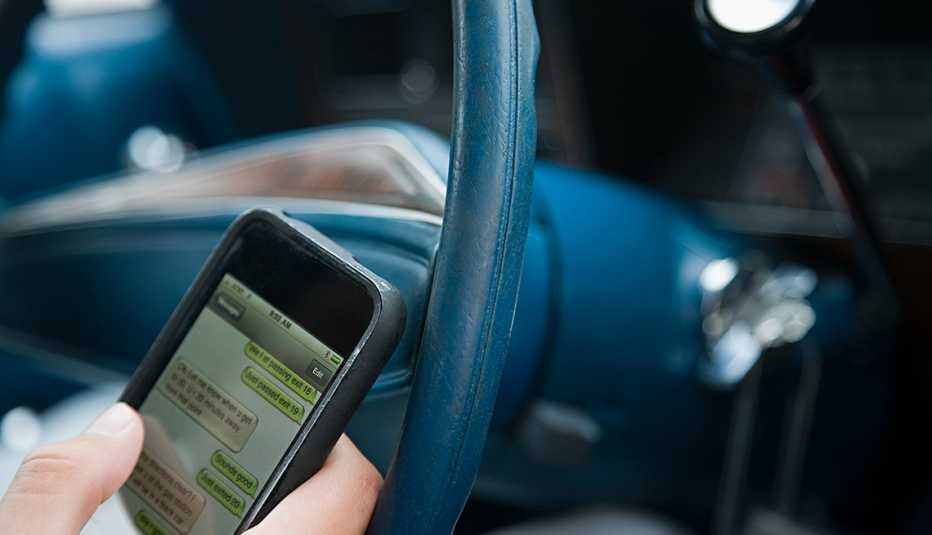
Texting while driving is illegal in most of the U.S.: 47 states prohibit it, while Missouri and Arizona prohibit only novice drivers from doing so. Montana has no law against it. The laws, though, haven't done much, if anything, to change habits, says Matus. Zendrive has analyzed distracted driving rates by state and found no correlation between the level of drivers’ distracting phone use and the severity of laws regulating cellphone use while driving. “People are so addicted that they're willing to take the risk,” Matus surmises.



